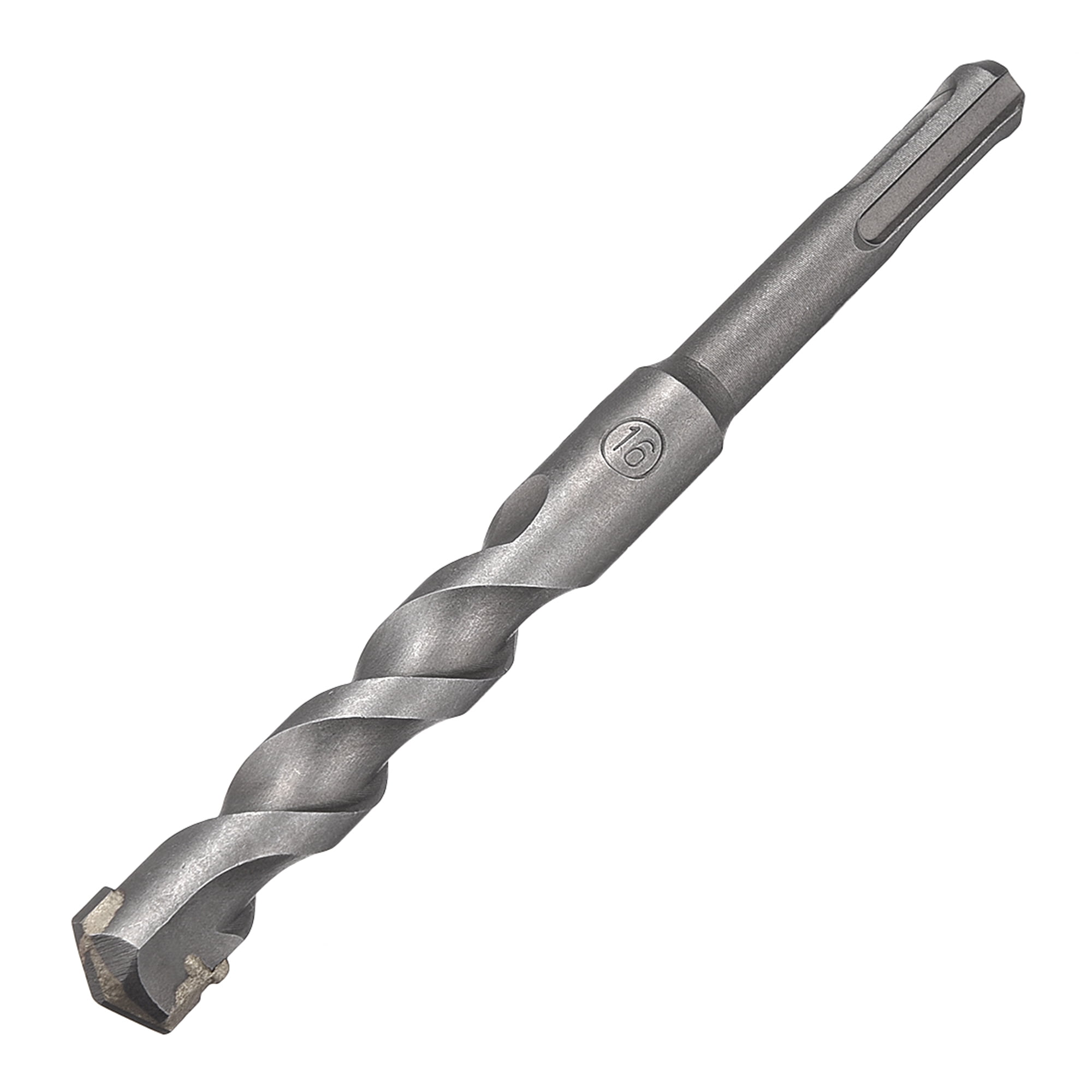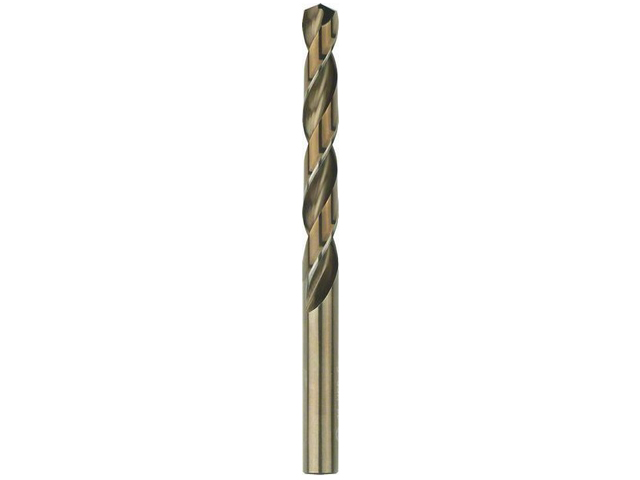

Using the wrong bit can easily slow or stop your project, increase labor costs, damage your base, and even create disastrous results including delaying other projects.īefore drilling, be sure that you and your crew are wearing the appropriate OSHA safety equipment, especially protective eyewear and are taking appropriate silica-dust containment measures at all times. Use this advice to measure the depth and length, as well as surface placement. Fail-proof drilling wisdom is similar to the old adage for cutting lumber and other soft materials. Review your site, foundation composite materials, and determine the best hammer drill for the project, preferably a SDS-designed tool
#MASONRY BITS HOW TO#
How to Drill Into Concrete Here are some updated best practices to share with your crew on how to save time, drill more effectively, and save money while following important safely guidelines. Masonry and carbide bits come in a wide variety of lengths, widths, and specialty applications including rotary hammer core bits for drilling large-diameter holes in concrete projects and fast-changing SDS bits that remain securely locked in a uniquely designed chuck. When the shaft reaches the hole, it’s a perfect fit. Hard-surface drilling requirements demand a unique design: tips are calculated with a diameter that is slightly larger than the shaft. How Masonry Drill Bits Differ From Other Drill Bits Masonry and concrete bits are specialty bits specifically fabricated to drill into hard materials and aggregates such as brick, brick mortar, stone, cement fiberboard, concrete, even light-to-medium steel-reinforced foundations.Ĭoncrete and masonry bits are NOT interchangeable with other bits for common surfaces such as glass, wood, metal, or tile unless you are using a specialized multi-material bit. How Masonry Drill Bits Differ From Other Drill Bits.Cheaper, low-quality carbide is more brittle, more likely to pop off, and will need to be replaced more frequently than a high quality carbide bit.



 0 kommentar(er)
0 kommentar(er)
